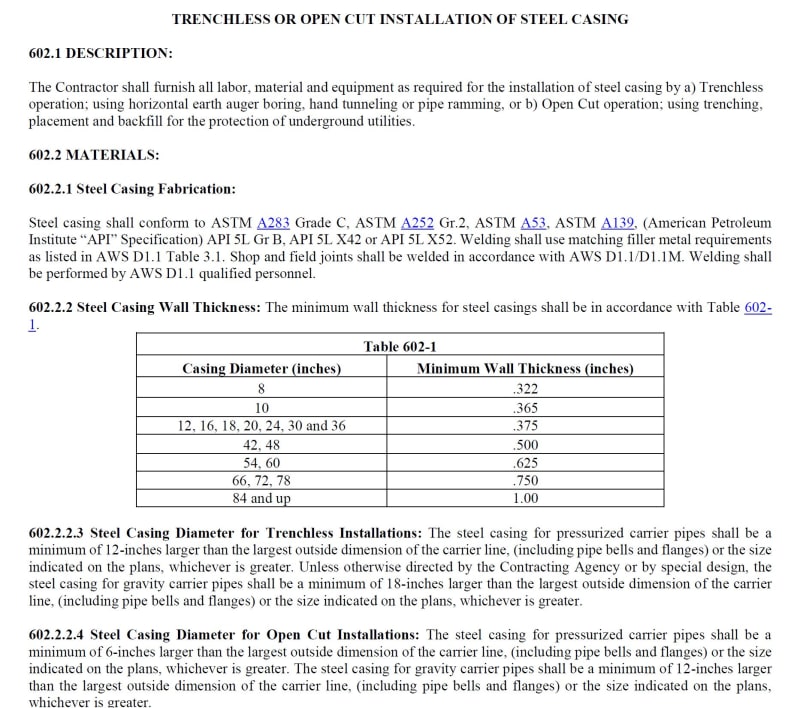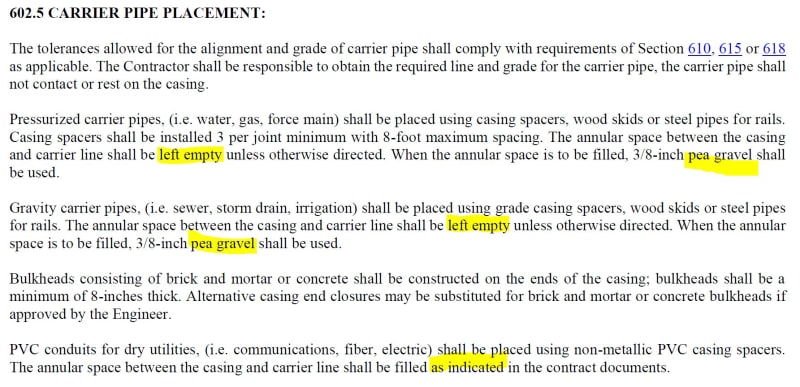AMINATAISSA
Industrial
- Sep 20, 2021
- 25
Hello every body,
I really need help about pipe casing:
1- Wath kind of material can we use to fill the annular space between the carrier and casing pipe - I know that it is a dielectric element but i need examples??
2 - If someone have information about how to dimension the casing and choice of materials and numbers of elements i will be very thankful.
Thank you
I really need help about pipe casing:
1- Wath kind of material can we use to fill the annular space between the carrier and casing pipe - I know that it is a dielectric element but i need examples??
2 - If someone have information about how to dimension the casing and choice of materials and numbers of elements i will be very thankful.
Thank you



![[smile] [smile] [smile]](/data/assets/smilies/smile.gif)
